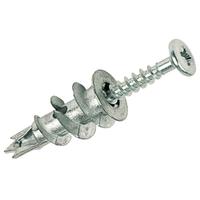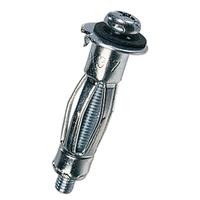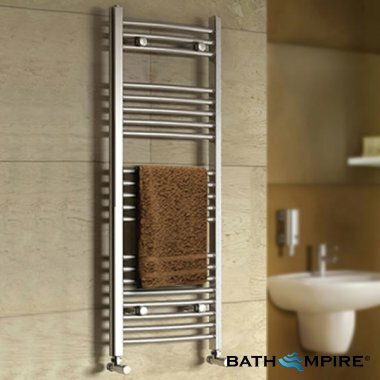Please excuse me if this is an obvious question / answer but I have not been living in the house for long, and my previous house had brick wall everywhere.
My main bathroom has recently been refitted with ceramic tiles on plasterboard base. I now need to attach my towel rail to the wall, but I'm not sure what to use.
I've looked at this page; (http://www.diydoctor.org.uk/projects/fixingtoplasterboard.htm) but most of the fixings on their seem to want to 'bite' into the wall (ie. have barbs on the bit that would be IN the bathroom)
e.g.
 or
or

I have seen some 'toggle' type of fixings too, but they all seem to come with really long screws and I'm not convinced that the screws won't be greater than the wall depth.
Just wondering what is generally being used?
Thanks
My main bathroom has recently been refitted with ceramic tiles on plasterboard base. I now need to attach my towel rail to the wall, but I'm not sure what to use.
I've looked at this page; (http://www.diydoctor.org.uk/projects/fixingtoplasterboard.htm) but most of the fixings on their seem to want to 'bite' into the wall (ie. have barbs on the bit that would be IN the bathroom)
e.g.


I have seen some 'toggle' type of fixings too, but they all seem to come with really long screws and I'm not convinced that the screws won't be greater than the wall depth.
Just wondering what is generally being used?
Thanks


